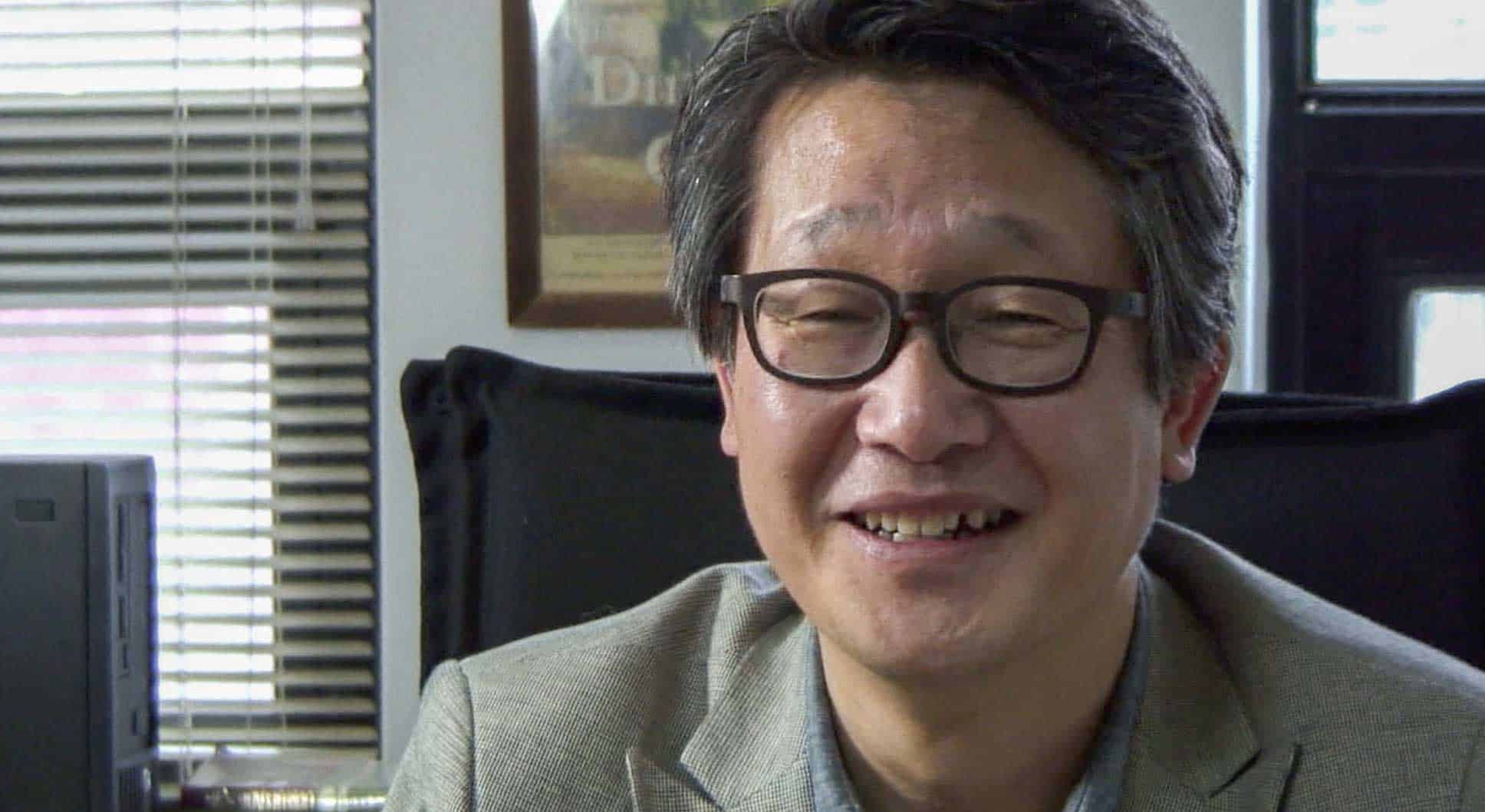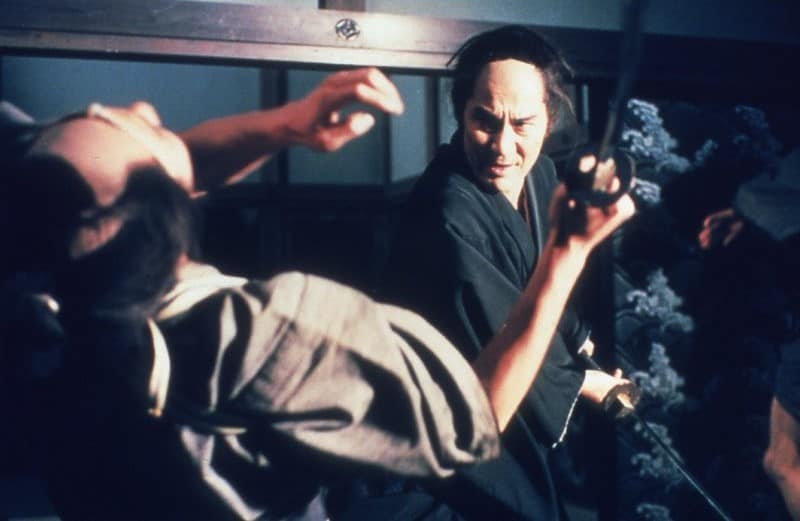“I am the wound and the blade,
both the torturer and he who is flayed.”
In an interview about his most important work, “Funeral Parade of Roses,” Japanese director Toshio Matsumoto explains how his greatest inspiration was the cultural and social underground of Japanese society. While the concept of “otherness” certainly played a decisive part in many works of art, underground movements all over the world suddenly had found their time to become more and more influential in the public consciousness. Breaking the last remnants of the chains of conformity from the 1950s, feminists, gays and hippies – to name just a few – played their part in defining a decade marked by social and cultural progress for many.
“Funeral Parade of Roses” is streaming on MUBI
However, in the case for “Funeral Parade of Roses”, Matsumoto mentions his fascination with the Japanese gay community, especially drag queens, as one of the main aspects of the projects. Especially in a country as authoritarian as Japan, coming out as gay was (and still is) one of the greatest social taboos, and therefore underground movements defined an escape from the rigid social laws of Japanese life. For Matsumoto, the student protests of the 1960s suddenly marked a time of great change, a time in which the underground became not necessarily part of the mainstream, but would “come out from the shadows” of murky night clubs and dark street corners.
Generally speaking, the 1960s offered the ideal foundation for artists such as Toshio Matsumoto or Nagisa Oshima to thrive. Now that concepts such as “film” and “genre” were subject to change, a man interested in interdisciplinary arts, theater and avant-garde films like Matsumoto saw an opportunity with “Funeral Parade of Roses”, a project which would combine all of his interests as well as exploring the expressive possibilities of the medium. With films like this, he claims, the medium was in “pursuit of the extreme”, of the borders and what lies beyond them.
Eddie (Peter) and Leda (Osamu Ogasawara) are drag queens working in night club entertaining, mostly with male customers seeking the anonymity of the underground to entertain their homosexual desires. However, the atmosphere in the club has been tainted by both of them competing for the love and attention of Gonda (Yoshio Tsuchiya), the owner of the club and a drug dealer.
At the same time, Eddie has to balance her life as a drag queen with the relationship with his mother (Emiko Azuma), who does not accept her sexuality and nature, a woman who stands in the way of her freedom and happiness.
Even though it has not been his most important influence, the story of Oedipus Rex is in many ways one of the narrative foundations of the film. Especially the action revolving Eddie and his parents follows a similar structure, although the roles have been reversed in many ways. Nevertheless, the issue of killing a parent and sleeping with one becomes a decisively interesting motive given the narrative and historical context of a film like “Funeral Parade of Roses”. The act of killing a figure of authority and being attracted to one can be considered an attempt to break social chains, for the kind of repression and supervision homosexuals and drags have experienced has come loose for a moment. Therefore it is time to rid society of the chains, rules and morals once and for all, and understanding the creators of this film share in more than one way.
While its story might not be as difficult to follow as for example Oshima's “Diary of a Shinjuku Thief”, which was released one year prior to Matsumoto's film, the constant disruption of its fictional framework is something both films share. In this case, various shifts in tone, from crime drama to comedy, and slapstick elements standing alongside psychedelic sequences accompanied by Yuasa Joji's nightmarish organ-heavy score. Many times, scenes are revealed as mere fiction, complete with slates interrupting and someone giving orders behind the camera. The form itself seems to be driven by the same kind of motivation for freedom the main characters aim for in their lives.
In the end, even society, sexuality and mainstream are mere masks for something hidden underneath. During one scene, a large urban area can be seen from the glass window of an elevator with one of the characters remarking how the scenery seems to be more like a mirage than real. The nature of such “masks” is a constant thread within “Funeral Parade of Roses”, one which explores the kind of loneliness one feels without them, but also a deeply-rooted fear of the self-image, much like Oedipus looking at himself after he committed his horrible deed. Thus, liberty may be short lived, a temporary relief as characters like Eddie are still branded as “outsiders” in many ways. The mask provides a layer of protection, but the feeling of guilt, the awareness one does not fit in, never fully ceases. Maybe this is why “Funeral Parade of Roses” carries a decidedly tragic tone which goes beyond what the title already suggests.
“Funeral Parade of Roses” is a fascinating film, a blend of many genres as well as a product of its time. Given its dark undertones, its themes of repression and outsiderdom, it is a film which feels very current as ti asks questions about society's tolerance and acceptance of those outside the mainstream. And while its form will certainly pose a challenge for some viewers, it will be a source of entertainment for its comedic elements, and a foundation for discussion to others.
Sources:
1) O' Rourke, Jim (2006) Time for a Timeless Story
2) An interview with the director referred at in the article is included in the DVD release of the film by Eureka!.

















